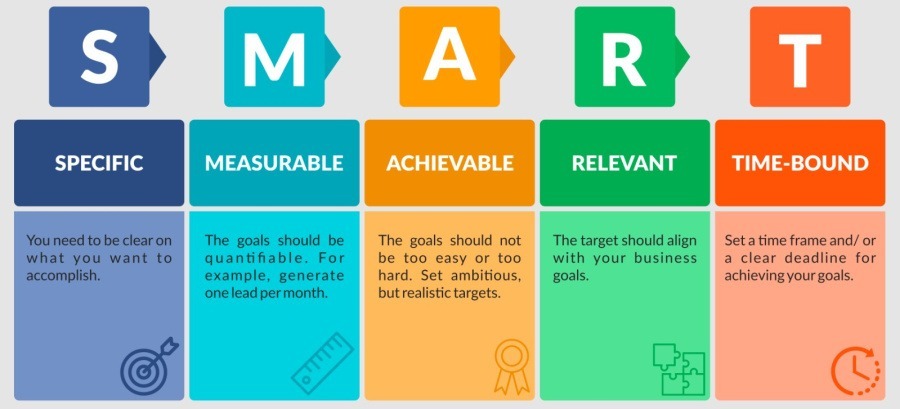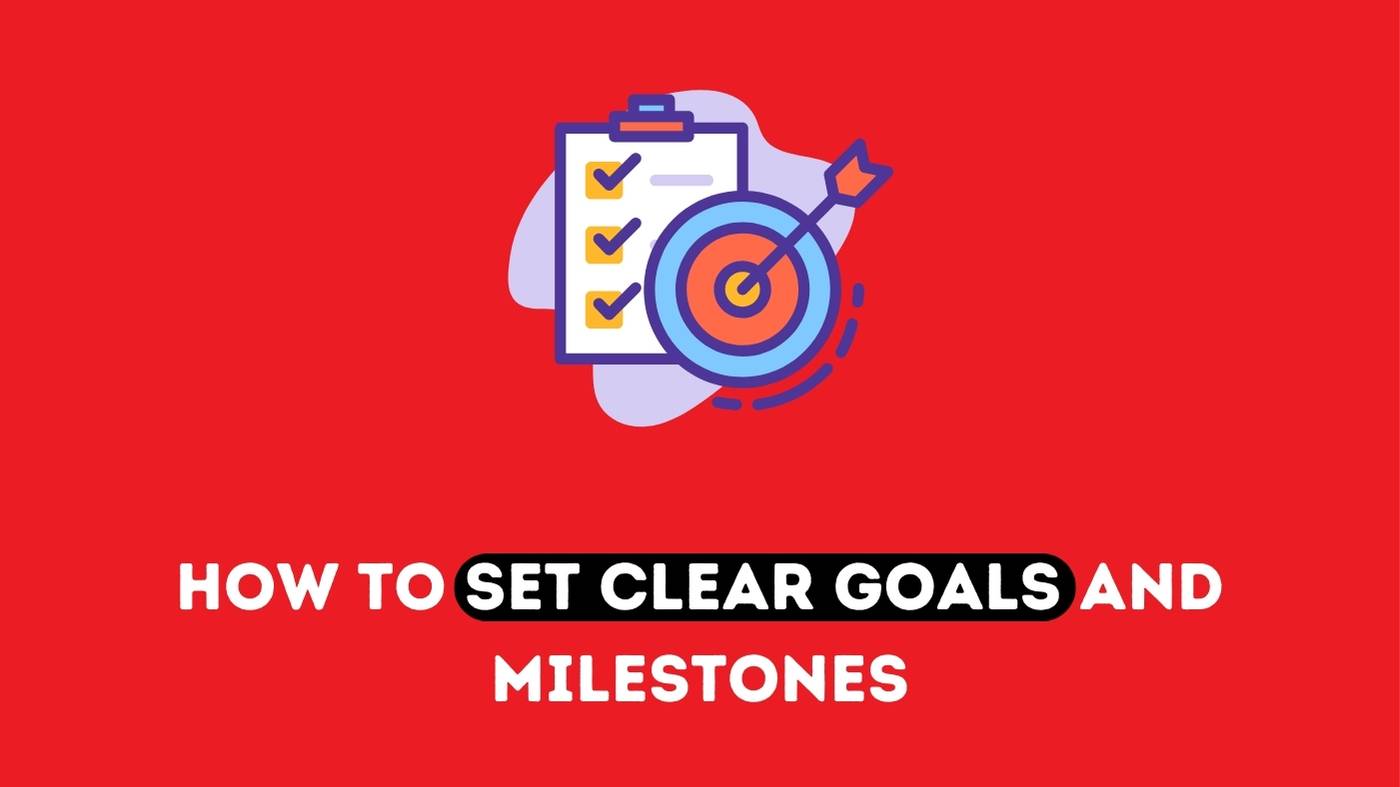Quick Read
⭐ The SMART framework provides an essential foundation for effective goal-setting by ensuring objectives are Specific, Measurable, Achievable, Relevant, and Time-bound—transforming vague aims into concrete targets that drive action.
⭐ Proper goal documentation and prioritization are critical success factors, with written goals creating accountability while focusing on just 1-3 key objectives prevents resource dispersion and maintains team alignment.
⭐ Breaking large goals into milestone markers creates manageable checkpoints that track progress, while matching these with specific action steps, owners, and timeframes translates intentions into executable plans.
⭐ Maintaining momentum requires consistent tracking through appropriate tools, regular reviews to adjust as needed, celebration of achievements to sustain motivation, and ongoing communication about why goals matter to encourage persistence through obstacles.
Pro tip: Read the full article to learn detailed techniques for implementing each step of this goal-setting framework and discover specific strategies to maintain focus and track progress effectively in your startup journey.
Setting clear, measurable goals and milestones is essential for achieving success in a startup. Well-defined goals provide focus, motivation and a roadmap for accomplishing objectives. Matching goals with milestones further enables tracking progress and making timely course corrections when needed.
Follow these best practices for setting effective goals and milestones to drive results.
Use the SMART Goal Framework

The SMART goal framework is a proven way to set strategic, focused goals. SMART stands for:
Specific – Goals should clearly define what you want to accomplish. Adding specifics like numbers and dates makes goals more concrete.
Measurable – Include quantifiable criteria to monitor progress towards the goal. Metrics allow assessing achievement.
Achievable – Goals should stretch you but also be realistic given resource constraints. Impossible goals get abandoned quickly.
Relevant – Goals should align with overall vision, values and priorities. Relevant goals inspire action and commitment.
Time-bound – Assign a deadline or target date for goal completion. This creates urgency and keeps momentum.
SMART goals translate objectives into specific, quantified outcomes to aim for.
Set Goals in Writing
Writing goals down is essential. Documenting goals:
- Creates accountability to actually do the work.
- Provides clarity on specifics like deadlines or metrics.
- Allows tracking progress and achievement.
- Ensures visibility and alignment across the team.
The physical act of writing down goals also imprints them more firmly in your mind. Include concise descriptions, owners, deadlines and ways to measure success.
Prioritize Key Goals
Attempting too many goals at once leads to lack of focus and getting stretched too thin. Prioritizing the most critical 1-3 goals allows directing time and resources appropriately.
Ask – What top goals will make the biggest impact if achieved? What needs to get done now versus later? Focusing effort on must-reach goals drives outcomes.
Set measurable targets like numeric objectives, percentages, ratings scales or binary pass/fail criteria.
Break Down Goals
Large, complex goals become more manageable if broken down into smaller milestone markers along the path to success. Milestones should:
- Be specific, measurable events that mark progress.
- Represent major steps towards attaining the goal.
- Have clear owners and deadlines.
- Help track advancement week-by-week or month-by-month.
Avoid too many or overly granular milestones. Identify just the significant incremental checkpoints needed to complete major goals.
Create a Plan of Action
Matching goals with concrete action steps, owners and timeframes helps translate good intentions into reality. Document for each goal:
- The detailed activities required to complete it.
- Who will be responsible for which activities.
- When each activity needs to happen.
Planning the actions, sequence and schedule provides a blueprint for executing goals successfully.
Use Tracking Tools
Apps, software and progress reports enable monitoring advancement towards goals. Tracking tools facilitate:
- Updating status of actions and milestones.
- Quantifying achievements on key metrics.
- Identifying bottlenecks and resource needs.
- Keeping the team and stakeholders informed.
- Celebrating wins which inspires continued progress.
Consistent tracking provides visibility which helps sustain focus and momentum.
Review and Adjust
Periodically reviewing goals allows verifying their relevance as conditions and priorities change. Key questions to ask:
- Is this goal still aligned with our vision and strategy?
- Do we have the bandwidth and resources to accomplish this?
- Are milestones and metrics still appropriate given learnings so far?
- What adjustments are needed to the plan of action?
Refine goals, milestones and plans as needed based on learnings, feedback and progress made.
Reward Achievements
Celebrating milestone achievements helps maintain motivation and energy levels, especially for stretch goals requiring prolonged effort. Consider:
- Personal recognition of team member contributions.
- Small rewards like gift cards, trophies or shout outs at company meetings.
- Larger rewards for attaining organization-wide goals.
Reinforcing progress made towards goals positively re-enforces behaviors essential for their accomplishment.
Sustain Momentum
The key to achieving major goals is maintaining focus over the long-term. Some ways to sustain momentum include:
- Regularly communicating the goal and its benefits.
- Celebrating small wins and milestones reached.
- Telling success stories of past goal achievement.
- Keeping scorecards and metrics highly visible.
Ongoing emphasis on “why” the goal matters encourages persistence despite obstacles faced.
With clear goals, milestones and sustained commitment, any bold objective can be tackled successfully. Consistently applying these strategies will help execute on goals efficiently at both individual and organizational levels.

